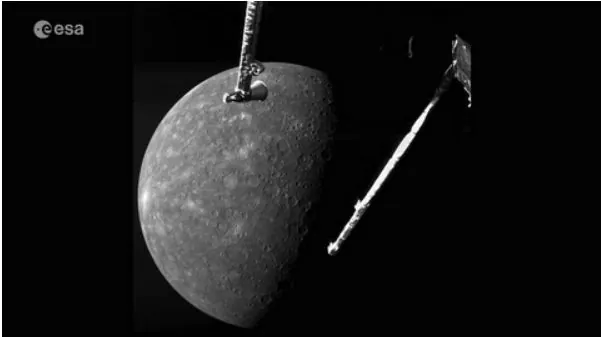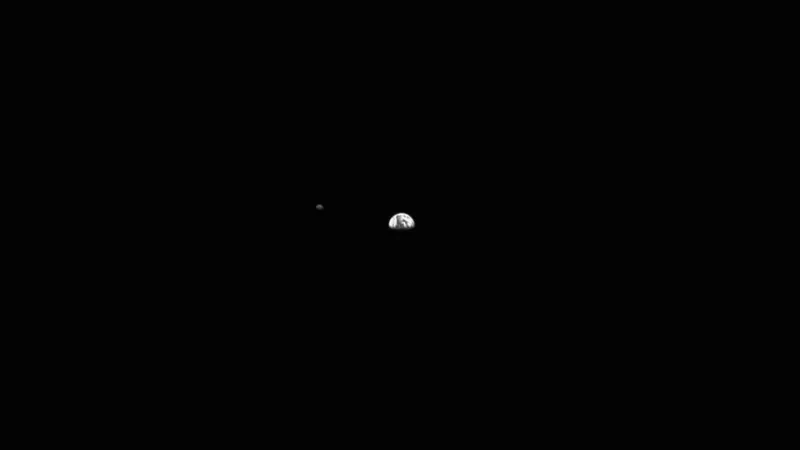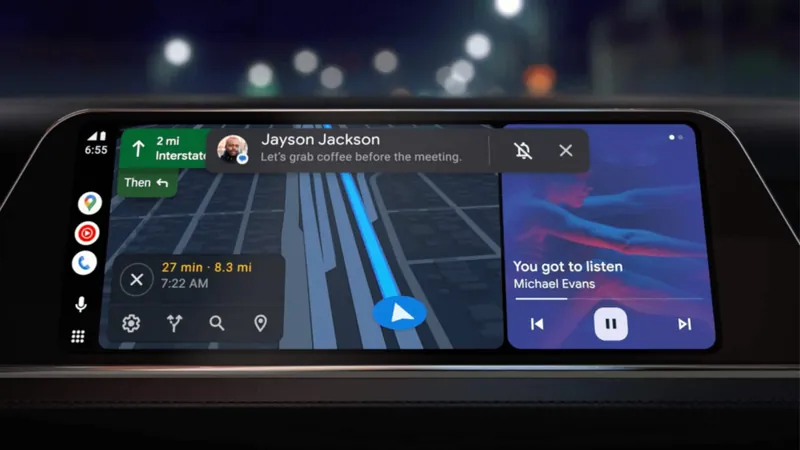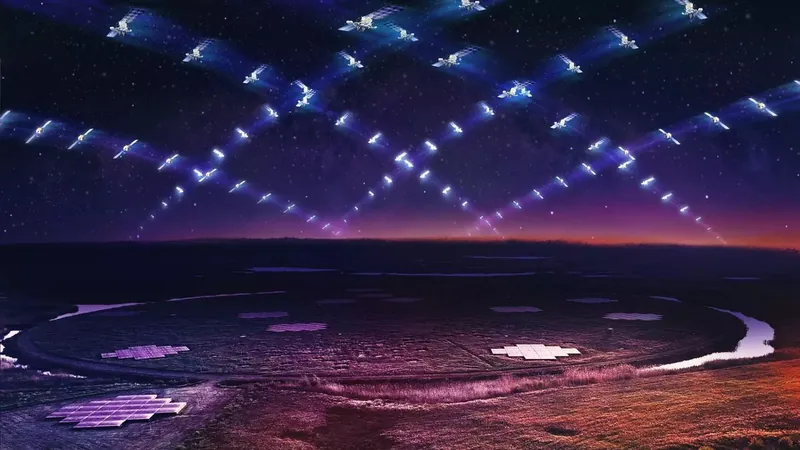
BepiColombo's Close Encounter with Mercury Reveals Magnetic Mysteries and Surprising Discoveries
2024-09-19
Introduction
In an astonishing leap for space exploration, the BepiColombo Mercury probe has delivered breathtaking insights into the innermost planet of our solar system. During its closest pass yet on September 4, the probe not only secured the first clear imagery of Mercury's south pole but also provided groundbreaking scientific data revealing the planet’s dynamic environment and its reaction to solar wind fluctuations.
The Fourth Flyby
Conducting its fourth successful flyby of Mercury, BepiColombo moved closer to its goal of entering orbit around the planet in 2026. The European-Japanese mission's preliminary data analysis from ten of its sixteen instruments depicted a starkly variable environment around the planet, showcasing unexpected features that astound scientists. Representation of this dramatic variability was shared at the recent Europlanet Science Congress in Berlin.
Despite traversing similar regions during previous flybys, the spacecraft’s instruments recorded diverse particle counts in the magnetosphere—a bubble of magnetic energy formed by Mercury's magnetic field. Senior scientist Hayley Williamson, part of the BepiColombo team, emphasized the significance of these readings, asserting, 'They all look quite different. It really shows just how dynamic Mercury's space environment is.'
Planetary Ions and Solar Wind
In a fascinating turn, on its fourth flyby, the probe recorded planetary ions—charged particles ejected from Mercury’s surface due to solar wind—for the first time ever. Surprisingly, these particles exhibited two distinct energy levels shortly after the probe's closest approach, intertwining the intrigue surrounding the magnetosphere's behavior.
Adding to the complexity, a day before this close encounter, a surge of high-energy solar particles impacted both the probe and Mercury, likely altering the magnetosphere's characteristics. Williamson cautioned that while these solar events could account for some of the anomalies observed, further investigations are essential for comprehensive analysis.
Engineering Challenges and Future Plans
Ignacio Clerigo, BepiColombo's spacecraft operations manager at the European Space Agency (ESA), noted the remarkable engineering achievements that allowed the probe to fly within just 103 miles (165 kilometers) of Mercury’s surface—21 miles (35 kilometers) closer than anticipated. This accomplishment was pivotal in navigating around setbacks stemming from a propulsion system glitch, which revealed that the spacecraft’s electric thrusters were operating below full capacity.
In response to the propulsion issue, the mission team devised a revised trajectory that ultimately led to the successful, closer flyby. As a result of these adjustments, entry into Mercury's orbit has now been postponed to November 2026—11 months later than originally planned. However, ESA stresses that this delay will not impede the mission's scientific objectives.
Looking Ahead
Looking ahead, the BepiColombo mission will continue its intense campaign with additional flybys scheduled for December 1 and January 8, 2025. Clerigo expressed optimism, signaling that a thrilling year lies ahead for the spacecraft, aiming to unlock further secrets of Mercury and enhance our understanding of this enigmatic planet.
As BepiColombo inches closer to fulfilling its groundbreaking objectives, the discoveries it yields will undoubtedly reshape our comprehension of Mercury's magnetic mysteries and its interaction with solar forces! Stay tuned as we continue to follow this remarkable exploration journey!



 Brasil (PT)
Brasil (PT)
 Canada (EN)
Canada (EN)
 Chile (ES)
Chile (ES)
 España (ES)
España (ES)
 France (FR)
France (FR)
 Hong Kong (EN)
Hong Kong (EN)
 Italia (IT)
Italia (IT)
 日本 (JA)
日本 (JA)
 Magyarország (HU)
Magyarország (HU)
 Norge (NO)
Norge (NO)
 Polska (PL)
Polska (PL)
 Schweiz (DE)
Schweiz (DE)
 Singapore (EN)
Singapore (EN)
 Sverige (SV)
Sverige (SV)
 Suomi (FI)
Suomi (FI)
 Türkiye (TR)
Türkiye (TR)